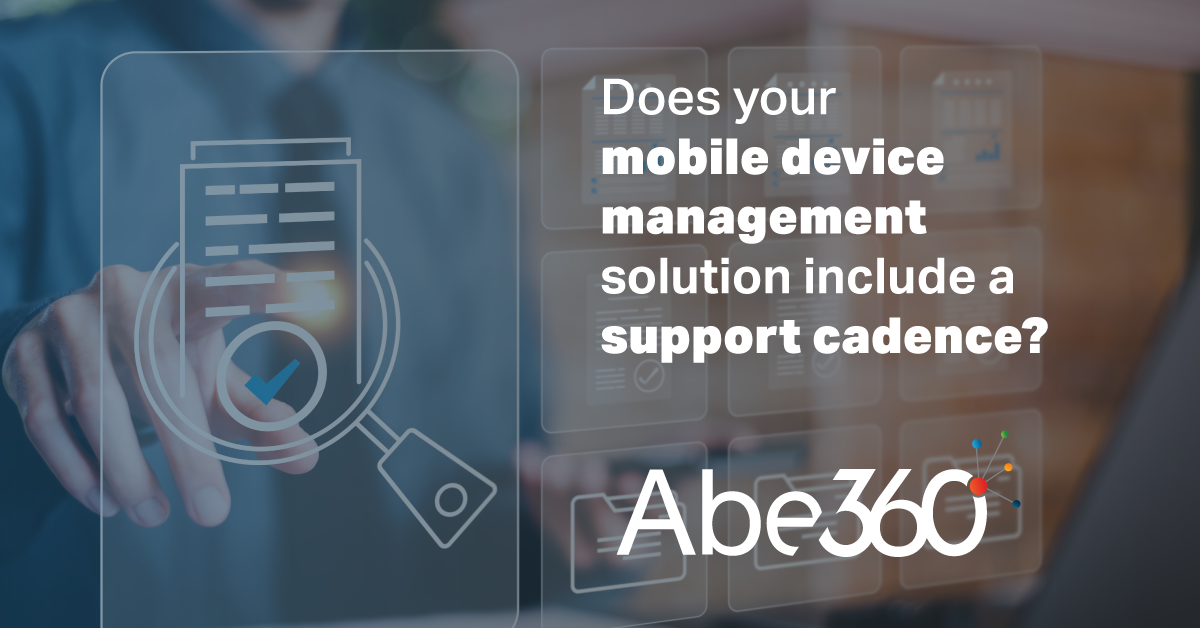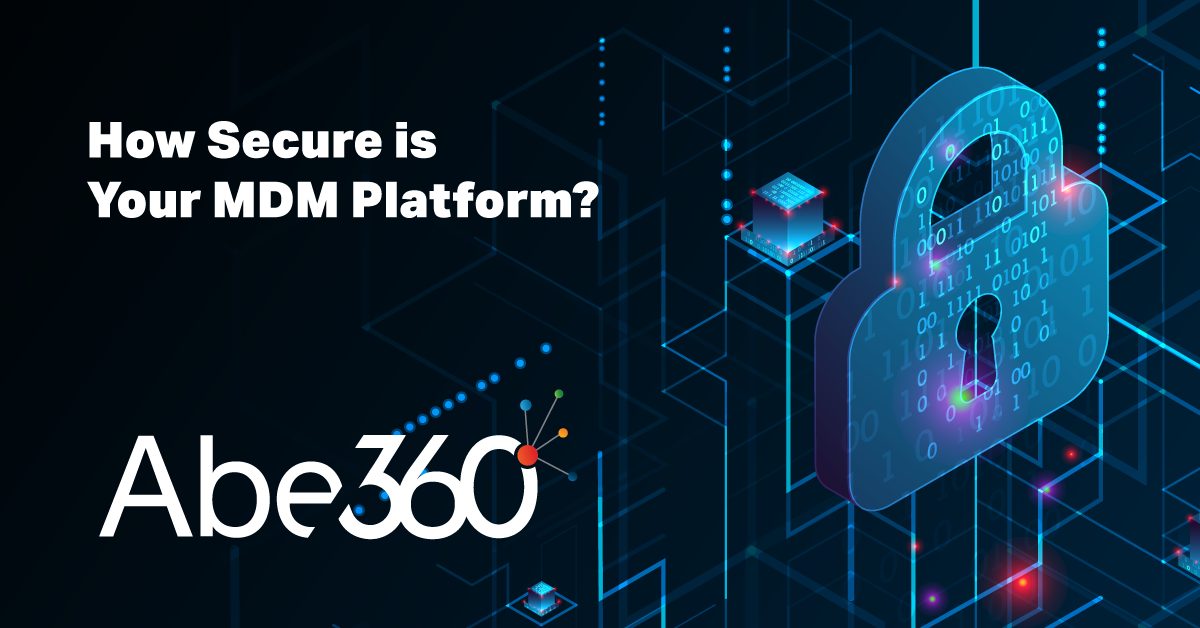Zebra Technologies for Food, Beverage and Cold Storage
Being able to track and locate products, inventory, and ingredients is a mission-critical part of food and beverage manufacturing and cold storage warehousing.
It’s also why location solutions such as Zebra’s MotionWorks are quickly growing in popularity in these and many other industries. These solutions help pinpoint the location, status and motion of assets, so businesses can see better into their goods and operations, and make more intelligent supply chain, production and distribution decisions.
Getting to those insights starts with building the right kind of solution, and fortunately MotionWorks makes this relatively easy by providing basic building blocks in the form of tags, sensors, software, and other tracking hardware.
In this article, we provide a quick overview of MotionWorks and how it provides the basic building blocks for a location solution. And we’ll explore the different types of technologies involved, how they’re used, and the location capabilities they deliver.
A Quick Overview of Zebra’s Motionworks
Zebra’s MotionWorks Enterprise is a software platform that sits in both the middleware and application layers of a manufacturer or warehouse’s IT systems and infrastructure. It connects with several types of Zebra sensors to determine the location of tracked assets or other resources, derive their business-level motion and status, and then communicate that data to other business systems.
It aggregates as well as stores the data and makes it accessible through web data services. Moreover, it presents your data in easy-to-use dashboards, reports, and alerts for better decision-making and workflow optimization.
MotionWorks also uses advanced cloud-based analytics with combinations of location and other data to augment third-party or enterprise applications through open standard protocols and APIs.
Here are some examples of the types of sensors and technologies that MotionWorks uses to capture and transmit location data.
Passive RFID
A cornerstone of location solutions is radio frequency identification (RFID). RFID uses tags, labels and sensors to wirelessly identify and locate assets through the use of antennas and either handheld or fixed RFID readers.
Handheld readers are typically dual-purpose RFID and mobile computing devices that workers use to detect and read tags that are within range. Fixed readers are devices placed in strategic locations such as doorways, warehouse aisles, or production lines, to automatically identify and locate items as they pass by the reader or come within range.
Passive RFID systems use tags or labels with tiny micro-transmitters that communicate with RFID readers to verify an item’s identification and location, then transmit that data to update its status and information in related business systems.
This approach is “passive” in the sense that the RFID tags, labels or sensors don’t require battery power or their own energy source. The RFID reader actually “wakes” them up and powers them by projecting wireless energy to them.
Since they don’t need to have their own battery, passive RFID tags are typically much cheaper than self-powered active RFID tags. But they also have more limited range.
Active RFID
Active RFID tags, labels and sensors operate much like passive RFID tags, but the big difference is that they have their own power source. They have a tiny mobile battery-operate transmitter that periodically wakes itself up and sends signals about an item’s identity and location to the rest of the MotionWorks sensor infrastructure.
One advantage of active RFID is that it proactively informs business systems of locations, providing a more real-time picture of assets and processes. As a result, the on-board battery power of active RFID tags, labels, and sensors mean they typically have much longer range than passive RFID tags.
Ultra Wideband (UWB) Tags and Sensors
UWB tags are specially designed active RFID tags for precise and frequent location updates. They send a sense event transmission every second, which can be sensed up to 656 feet (200 meters away). They are also locatable to within 10 inches (25 centimeters) for remarkable, pinpoint accuracy.
UWB tags also have unrivaled battery life among active RFID technologies, providing four to seven years of reliable service before needing to be replaced. But the drawbacks are that they’re much more costly than other types of RFID tags, and they require that manufacturers and warehouses have cabled sensor infrastructure in place.
Bluetooth Low Energy (BLE) Tags and Beacons
BLE is an alternative to traditional RFID configurations that allows companies to use the Bluetooth capabilities of smartphones, tablets, wireless access points, and computers to locate and track assets.
BLE tags communicate with inexpensive, battery-operated BLE transmitters called “beacons,” which indicate the asset’s location or place. The BLE tag can also send position detection
blinks” for locating purposes.
BLE tags and beacons are ideal for certain use cases based on their cheaper cost and the fact that you don’t need RFID readers to use them. But they can also be used with standard active RFID and installed sense infrastructure as part of a larger location solution with different tags and sensors used for assets of differing values.
Temperature and Other Third Party Sensors
In addition to compatibility with Zebra RFID, UWB and BLE tags and sensors, MotionWorks can also be used with other third-party tags and sensor technologies such as temperature sensors for cold storage and food safety. It can also be configured to work with cameras and other visual sensors as well.
Generally speaking, if you’re using sensors, tags or other hardware that collects data of any kind from the edge of your operations, MotionWorks can combine this information with location and motion sense data to give you a complete picture of your business-critical assets and even your people and workflows.
It all starts with the basic building blocks we’ve discussed here, plus the MotionWorks software platform, which makes the amazing power and insights of today’s location technologies easily accessible, feasible, and cost-effective for many businesses and a wide variety of use cases.
To learn more about the possibilities of location solutions for food and beverage manufacturing or cold storage, contact our team at AbeTech to arrange a discovery call and find out if location technologies are a good fit for your business and goals.




